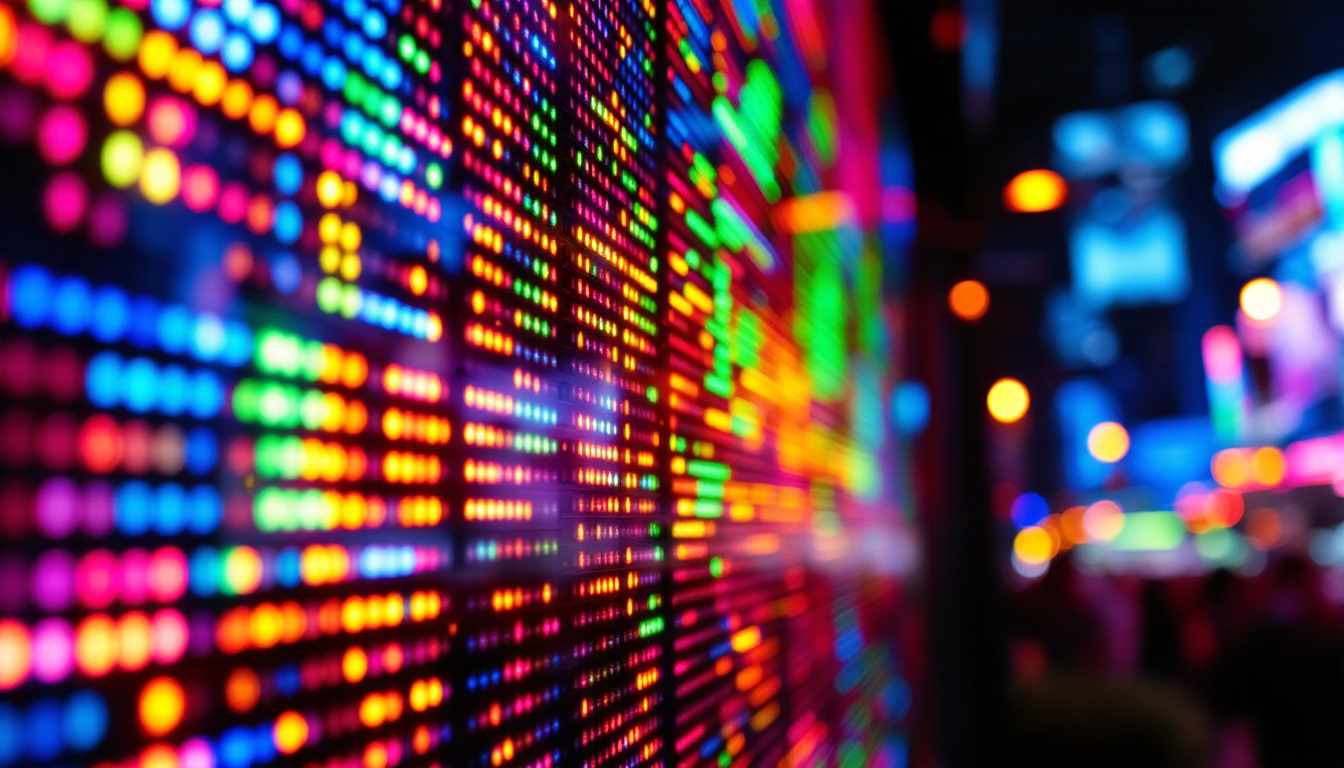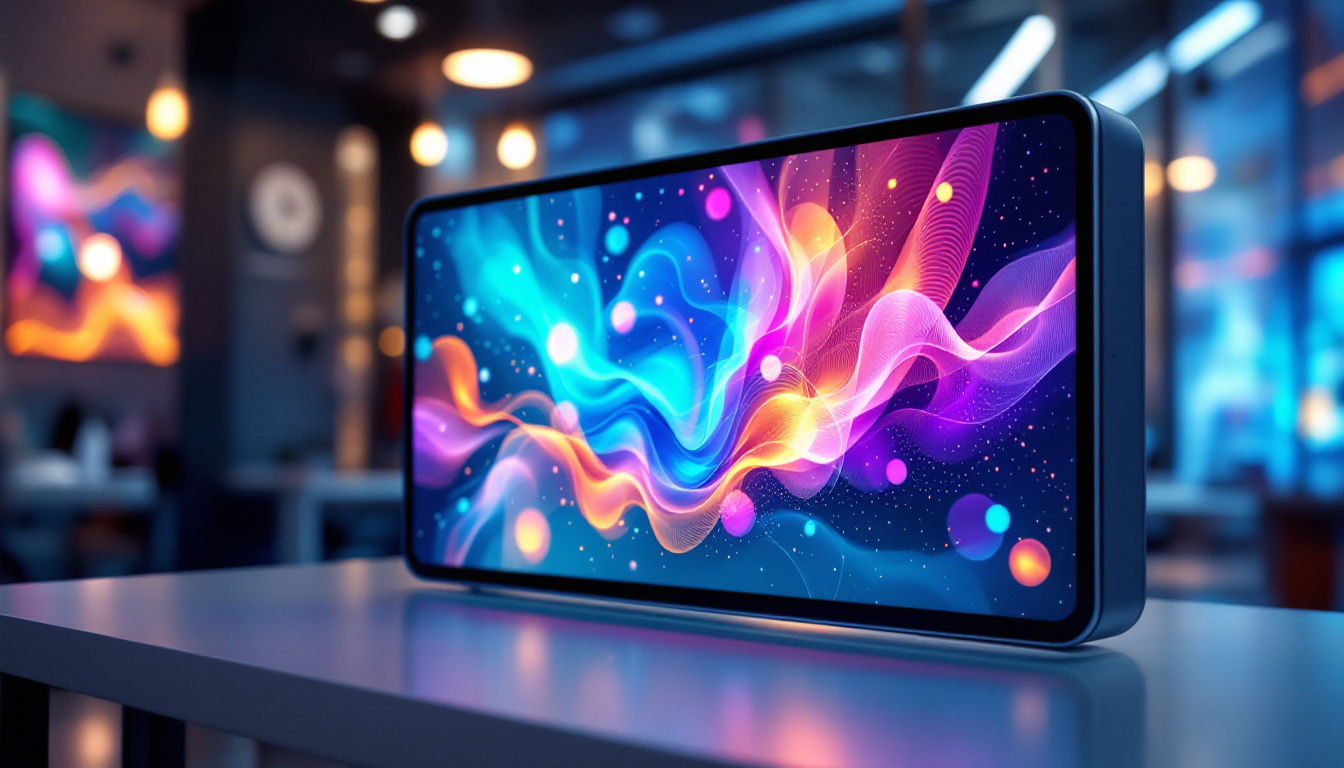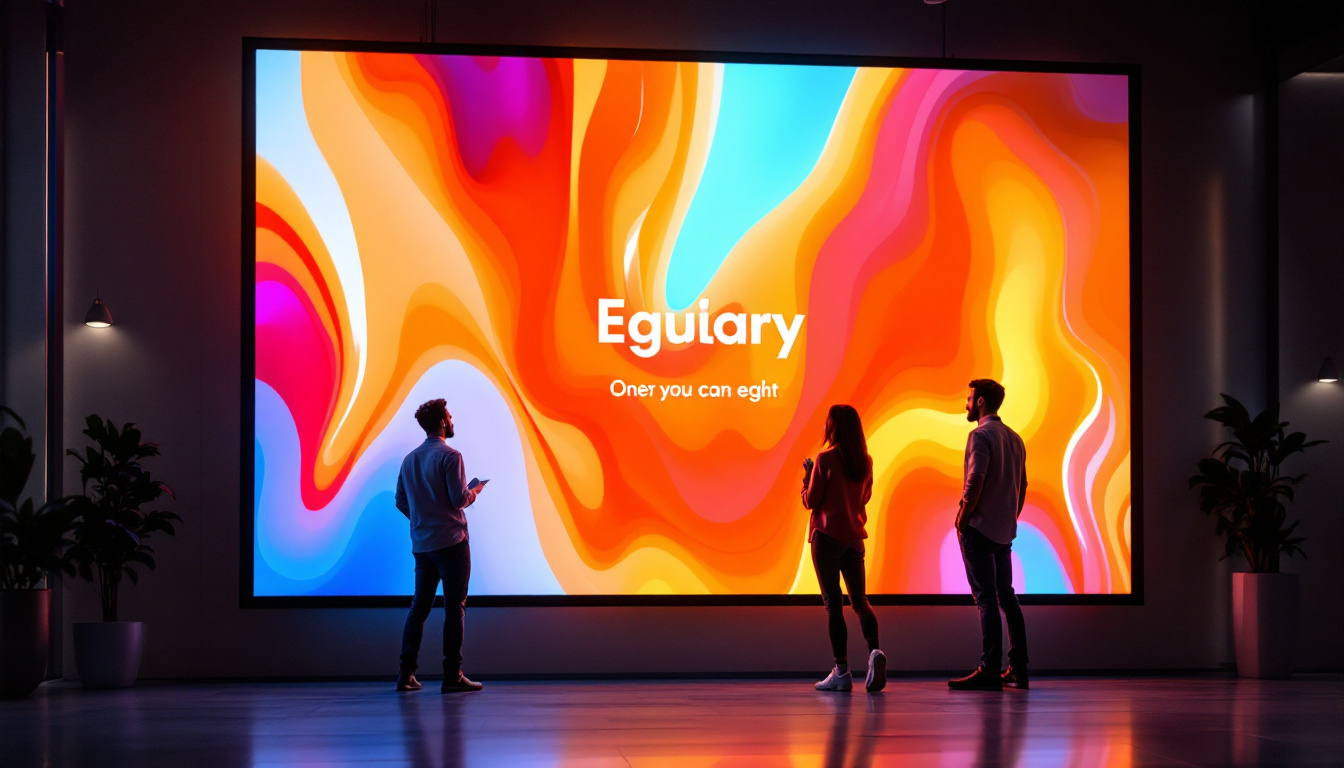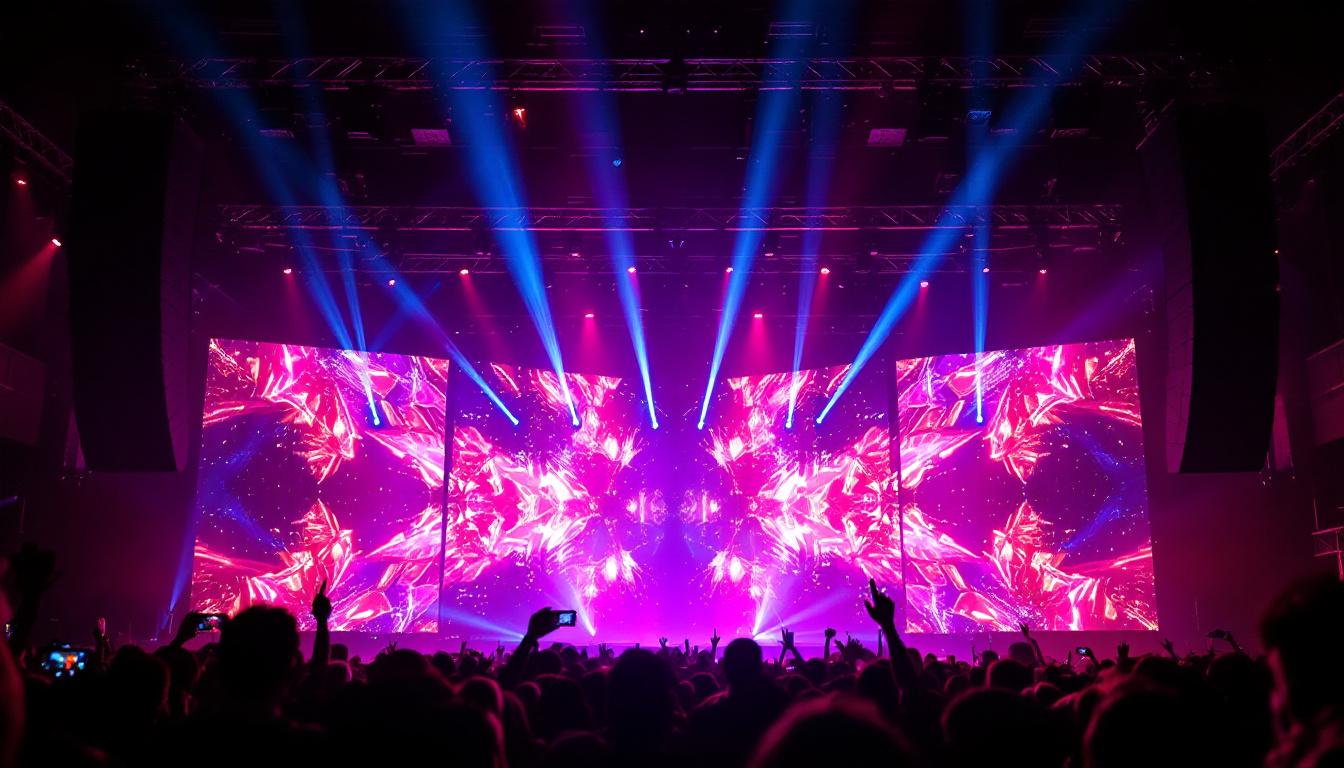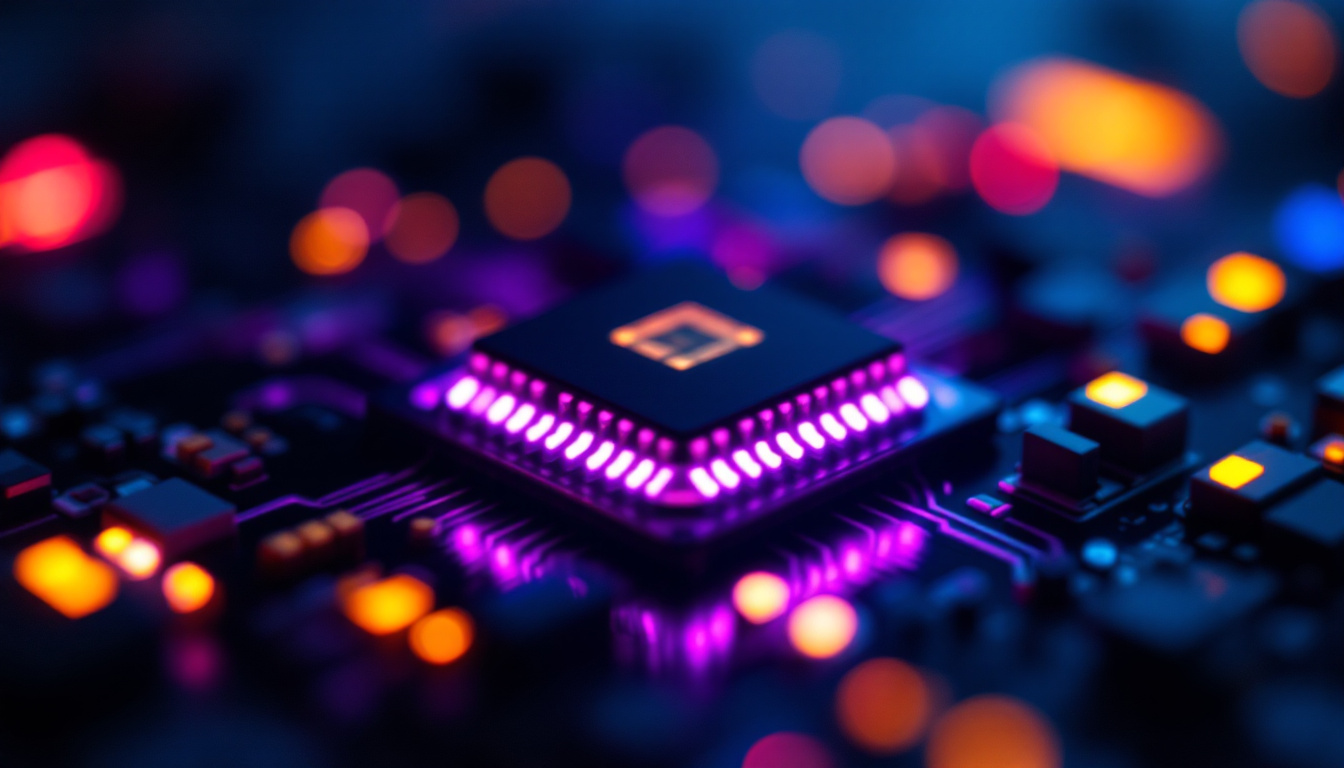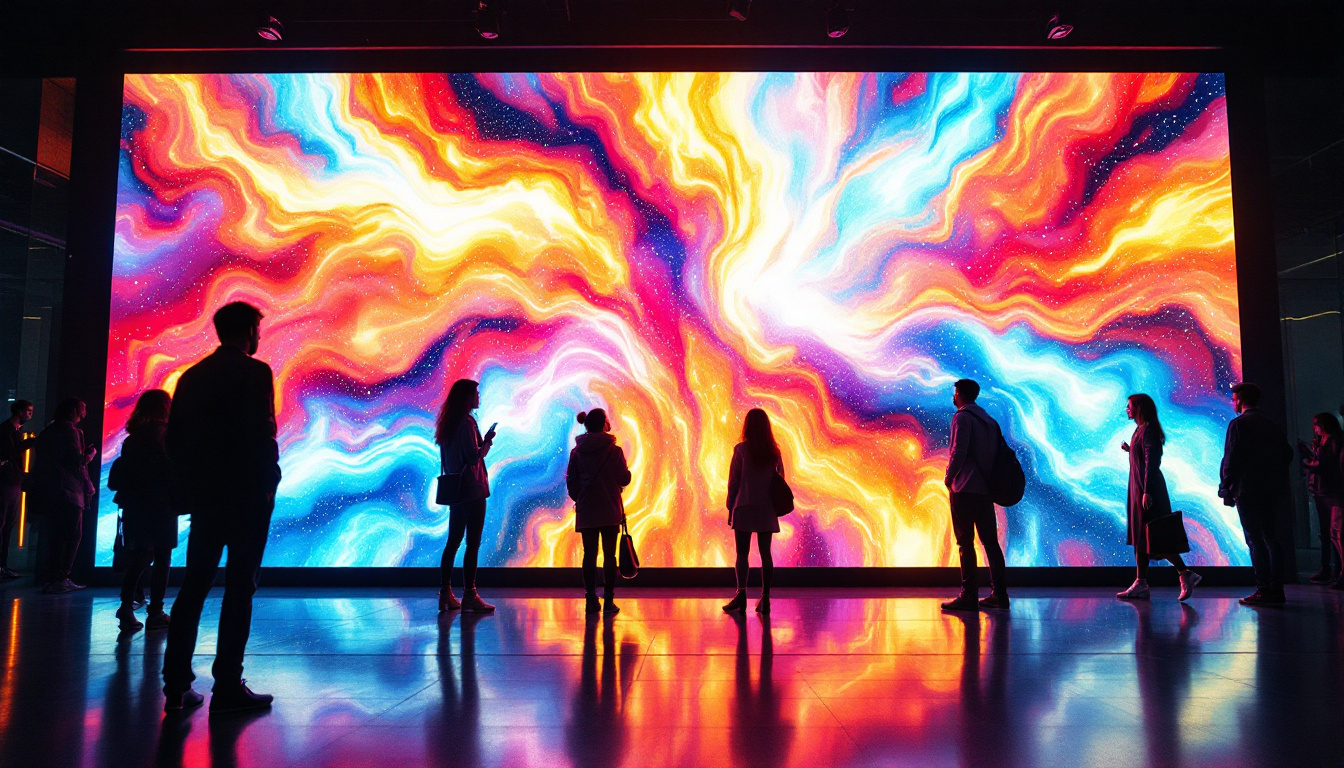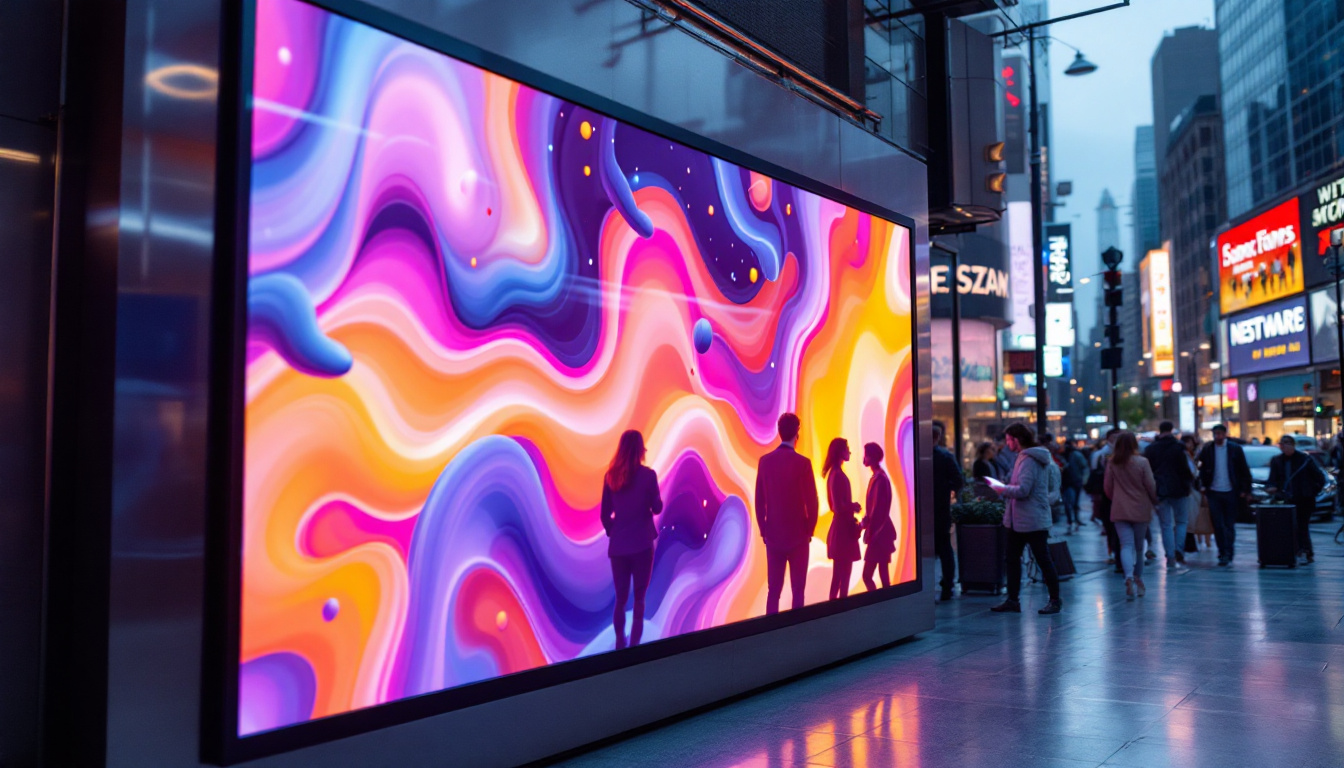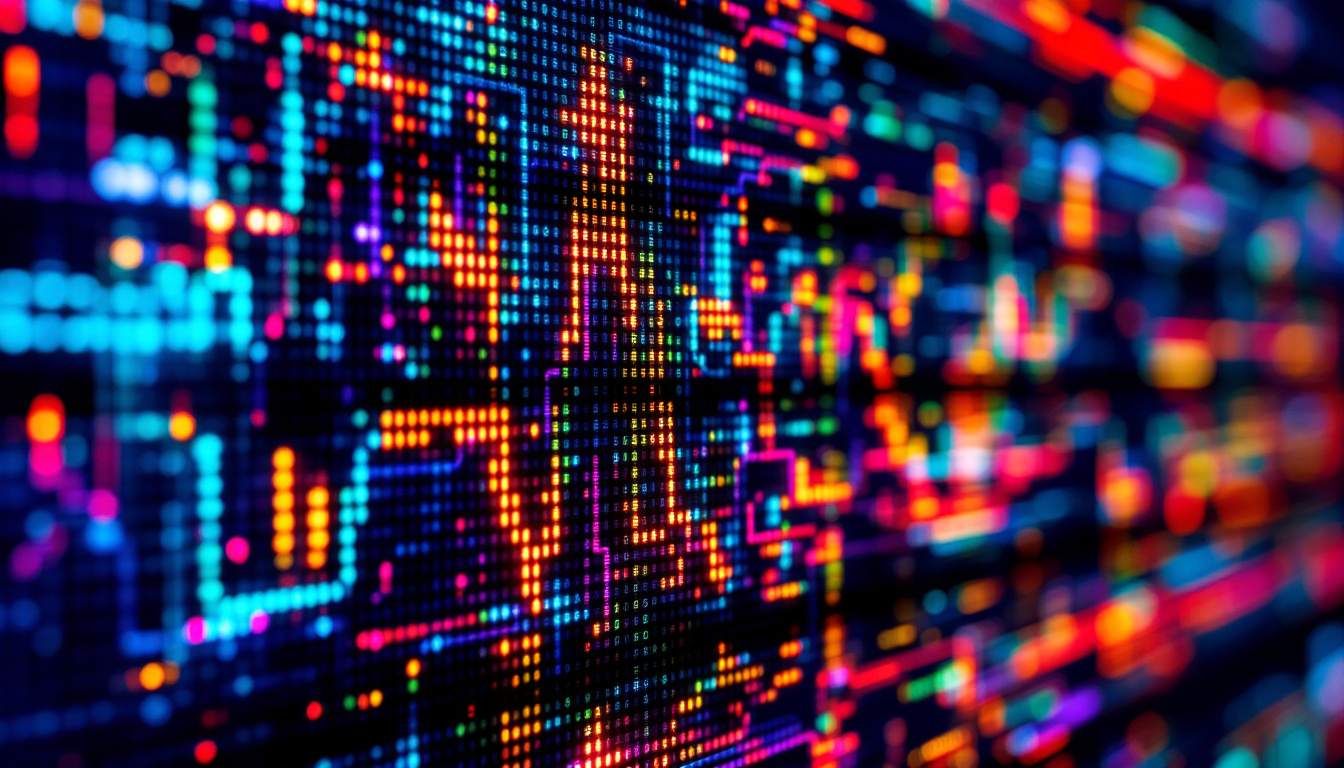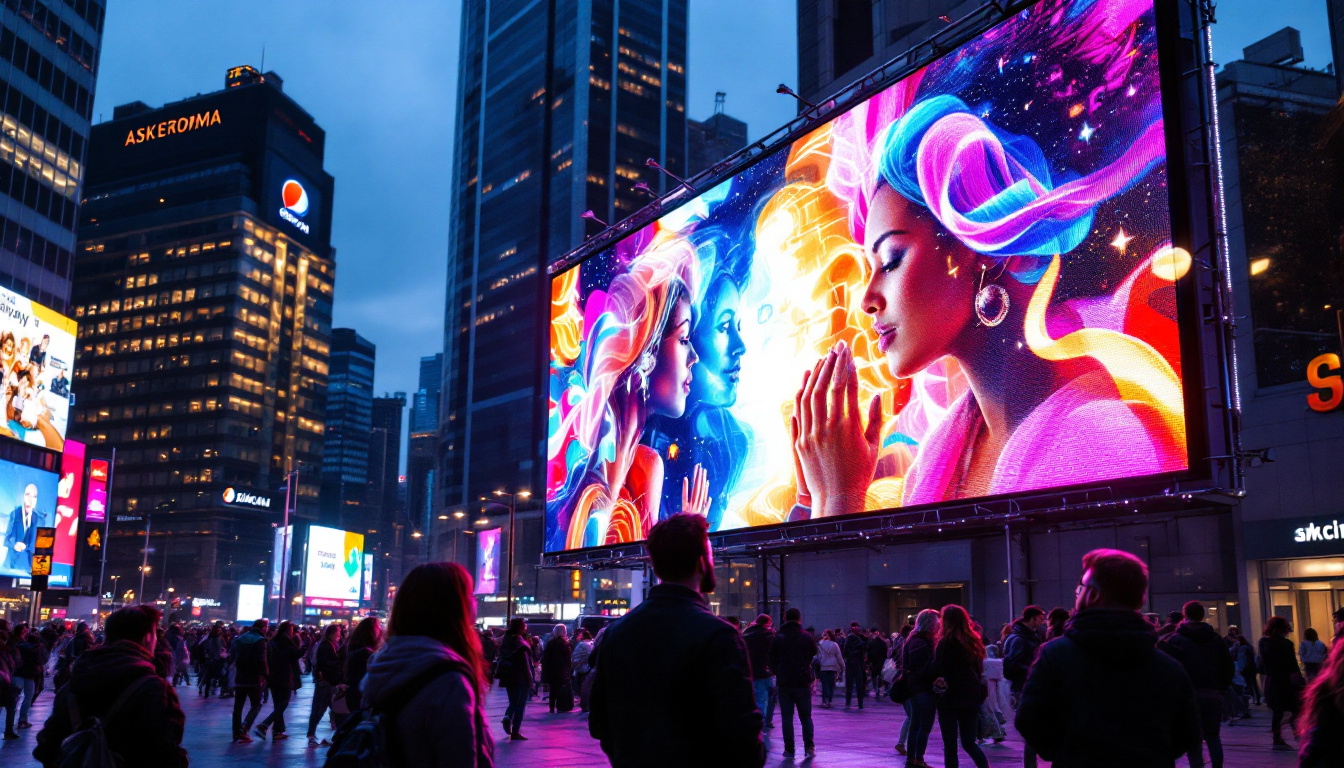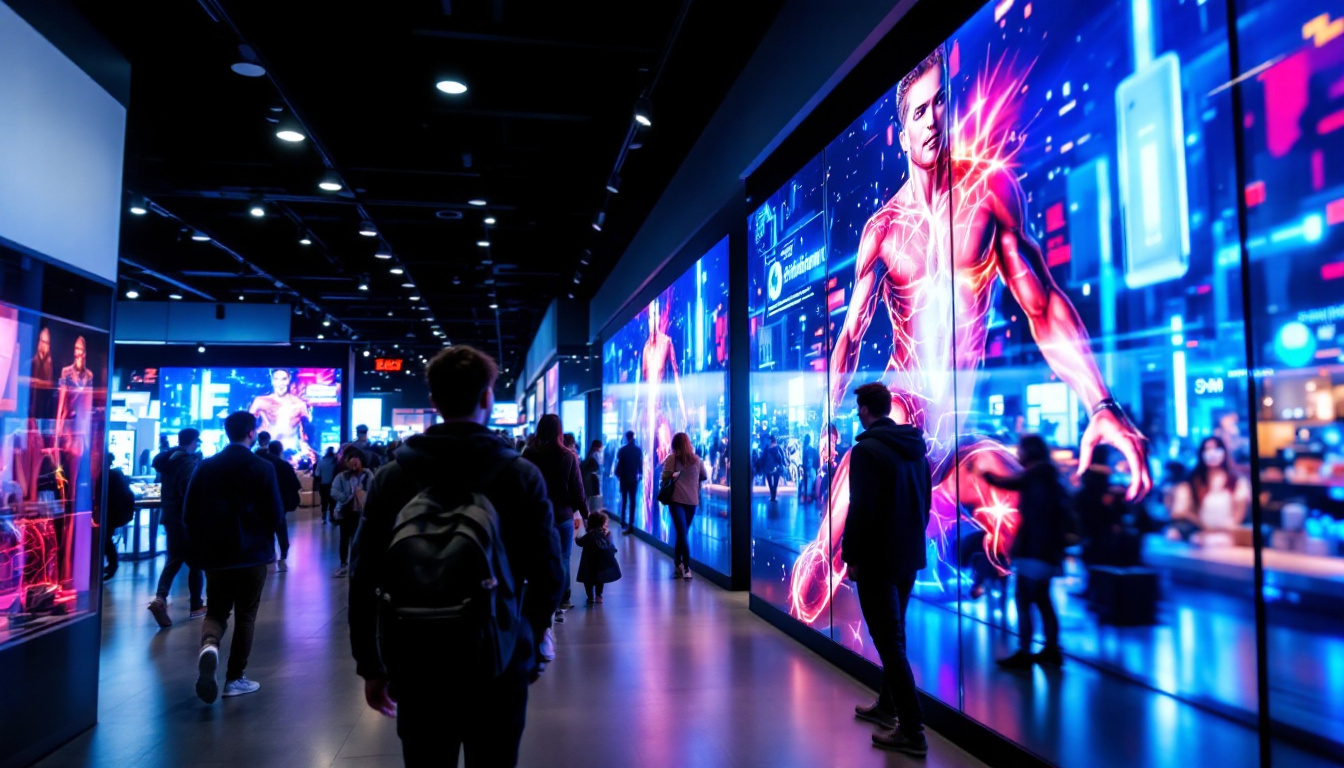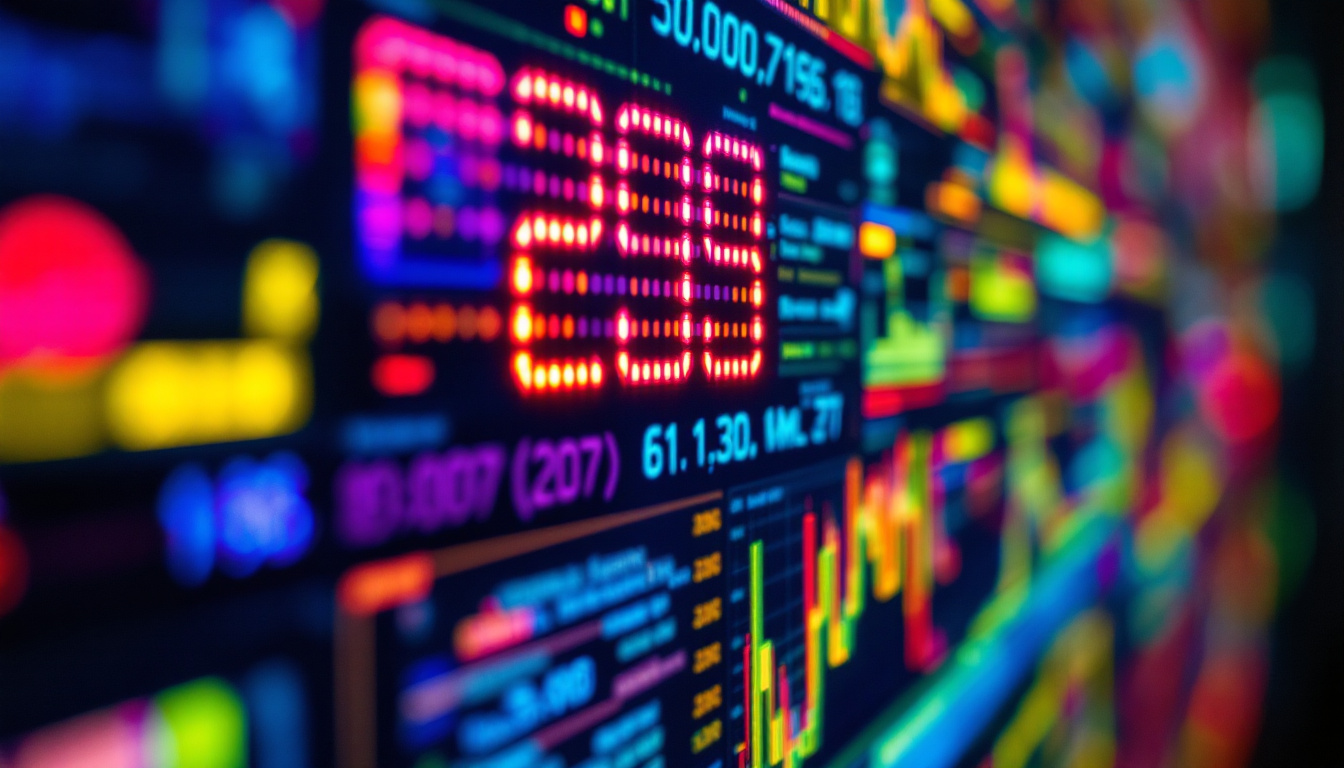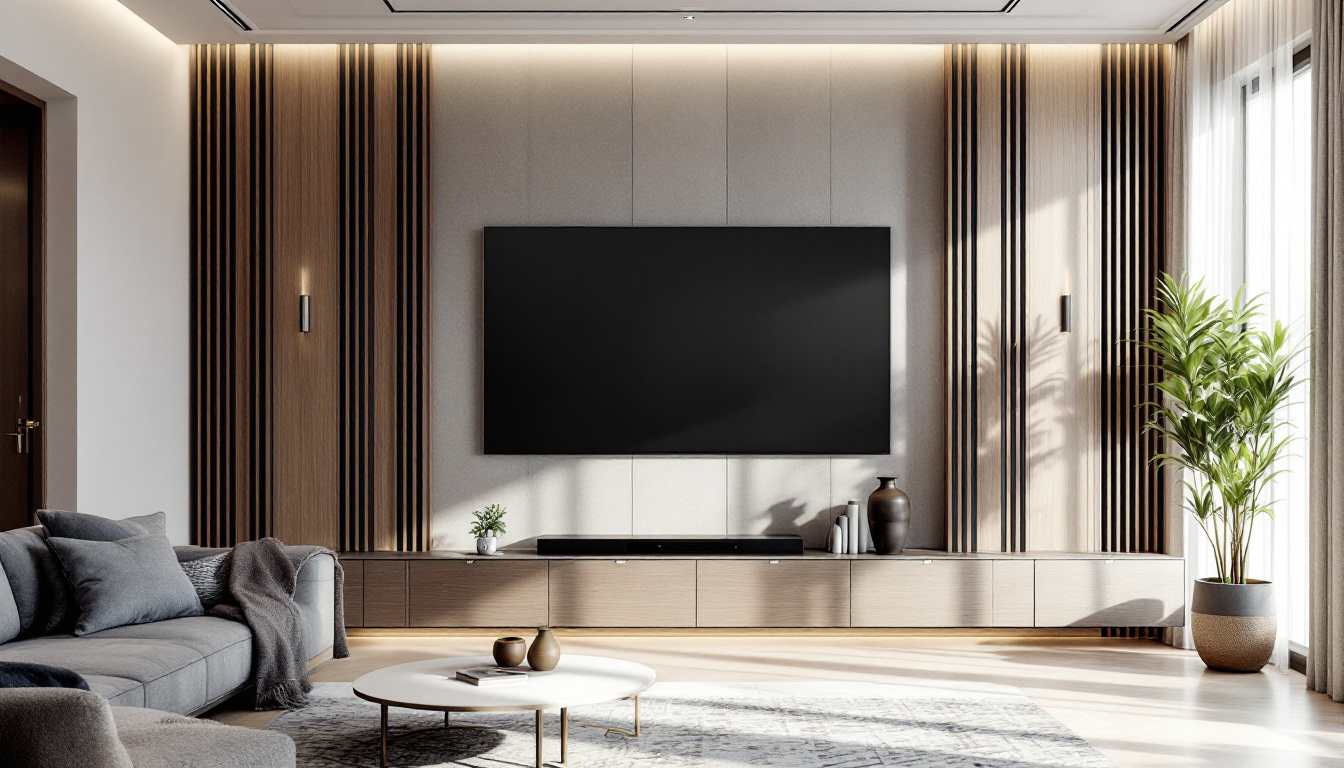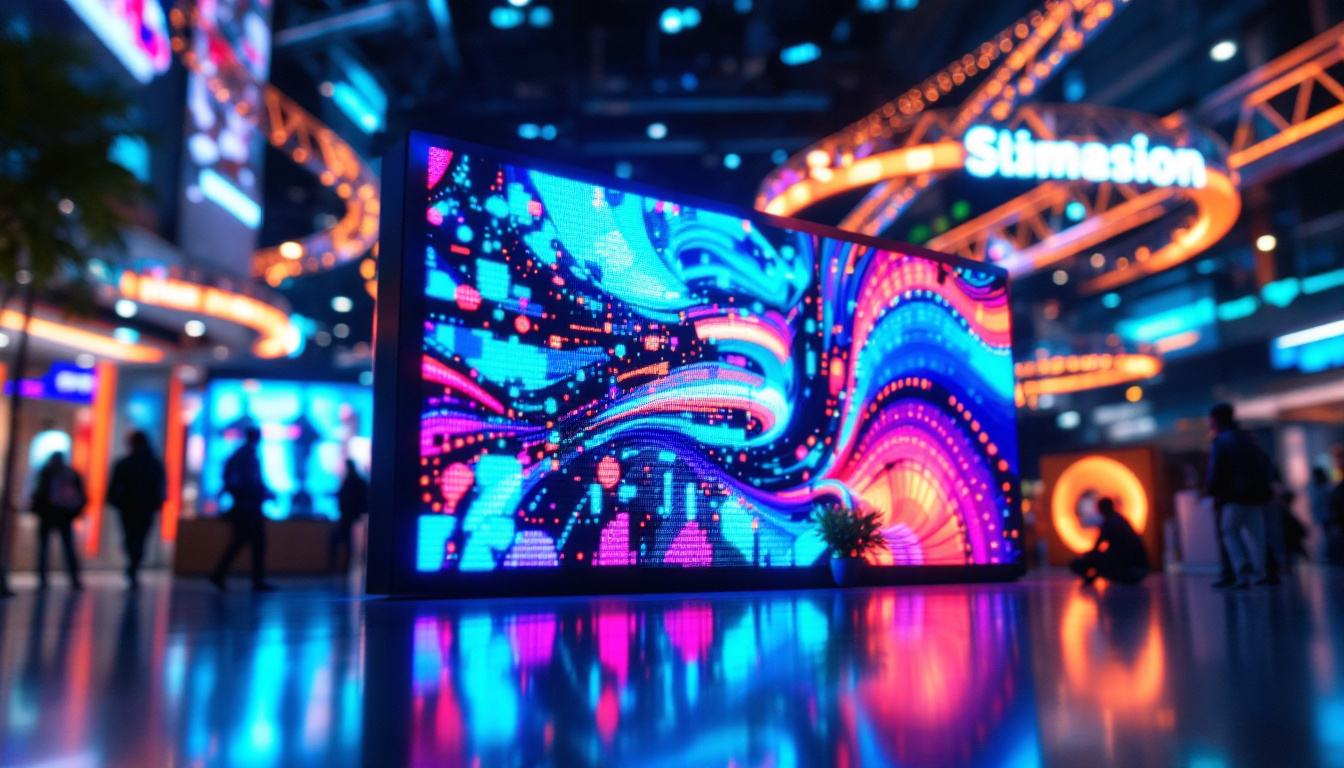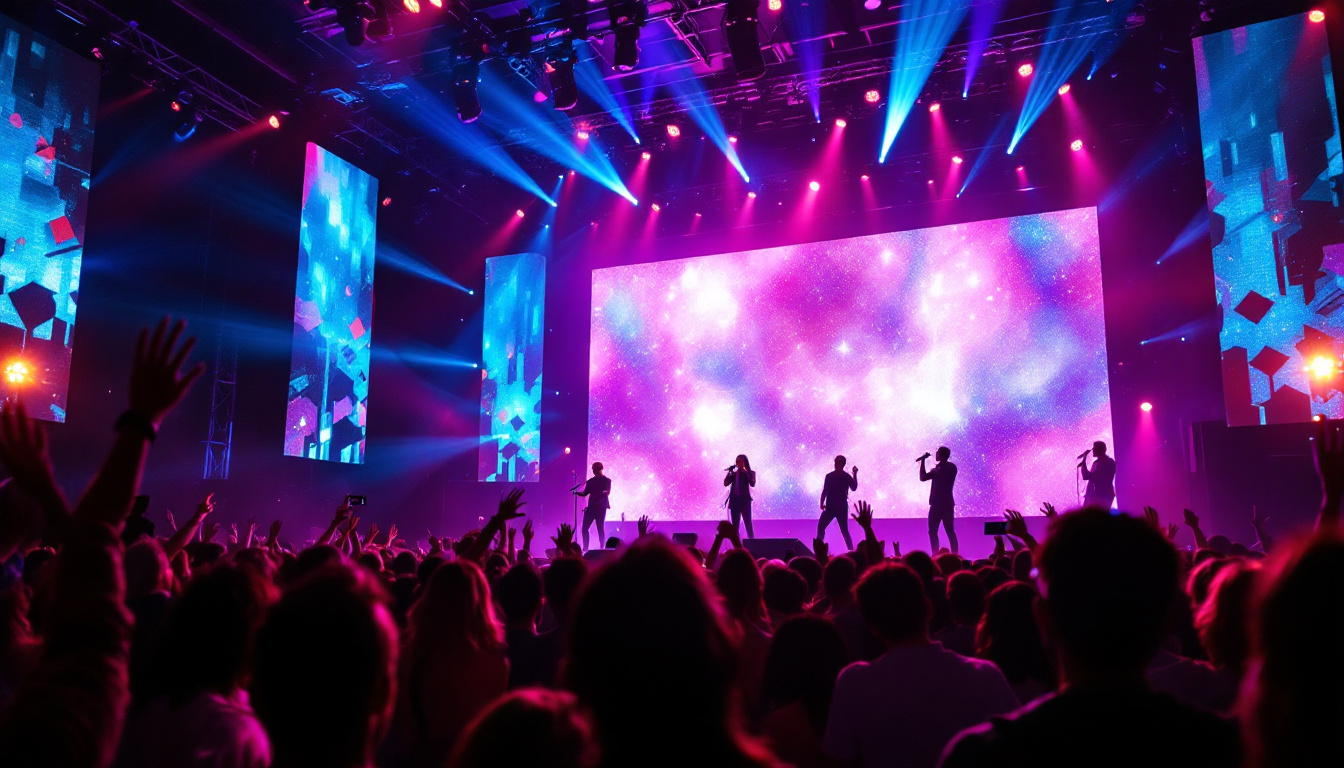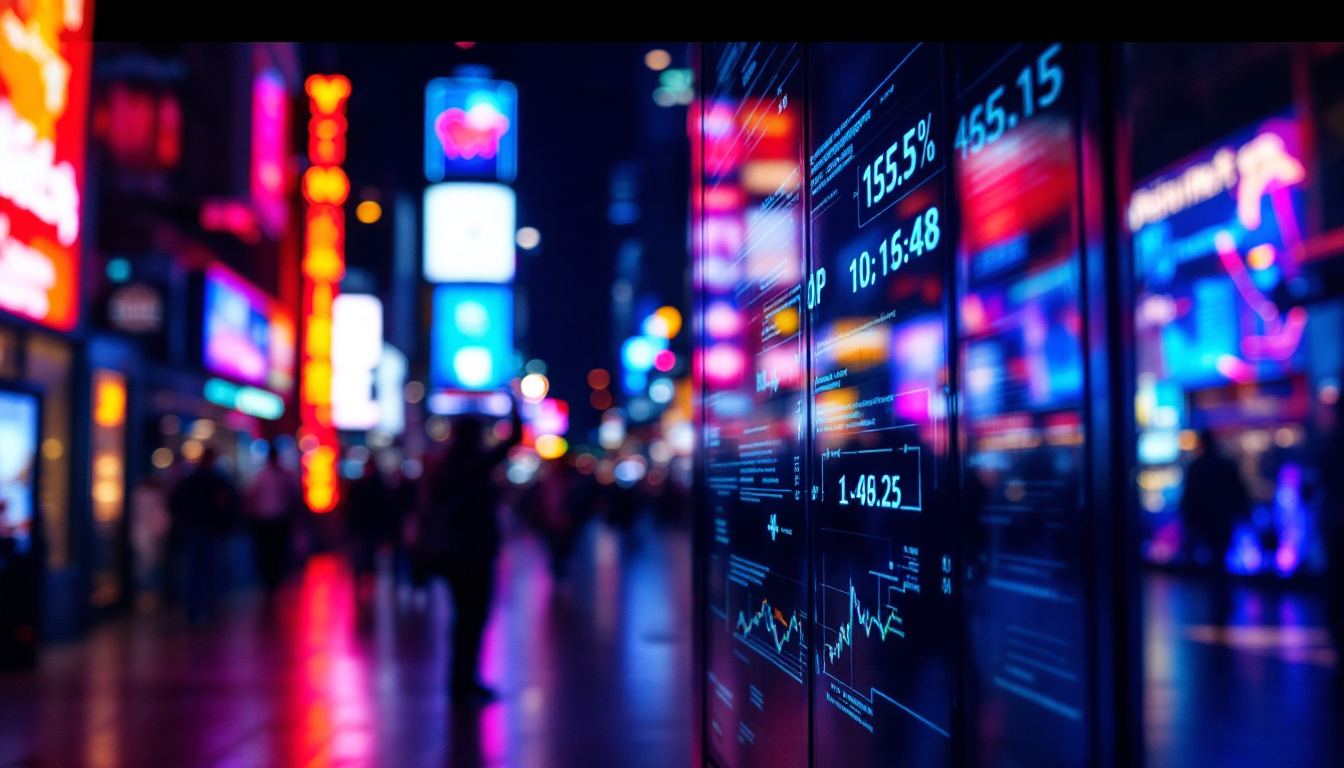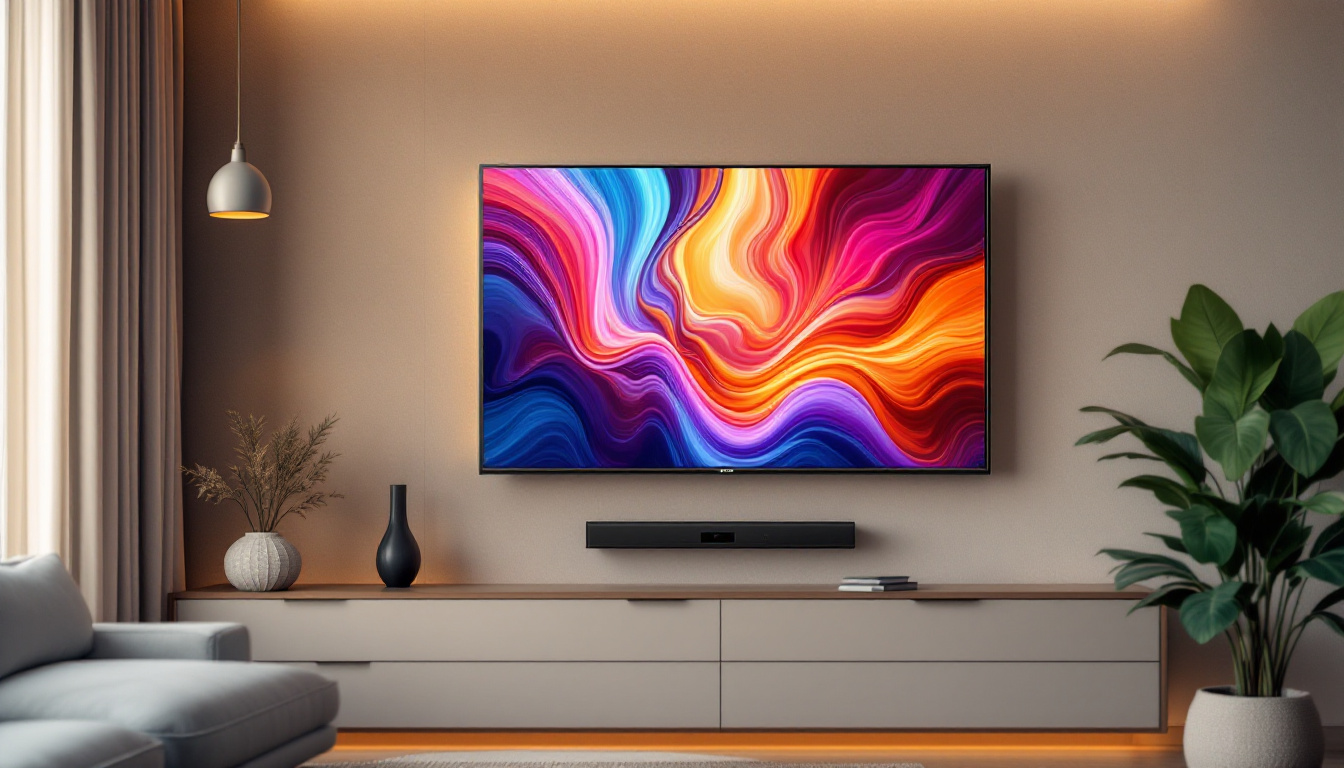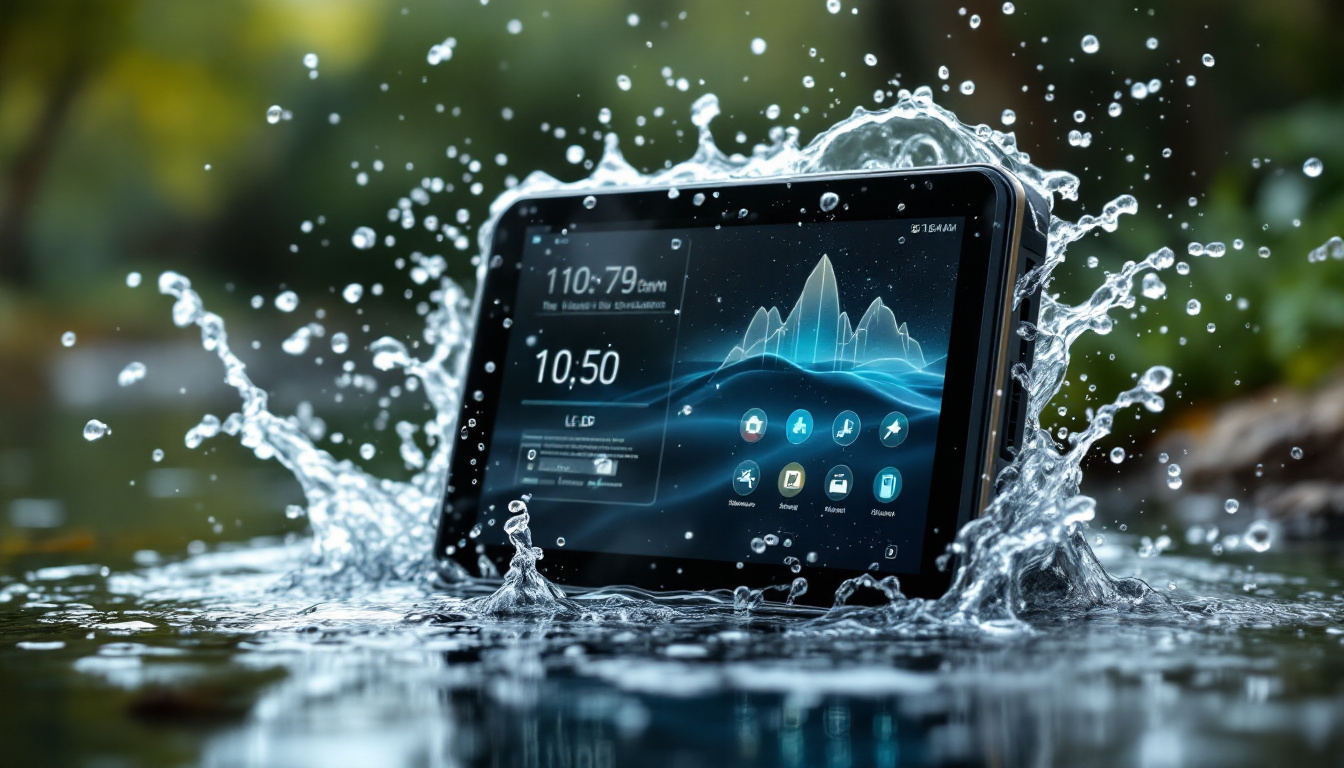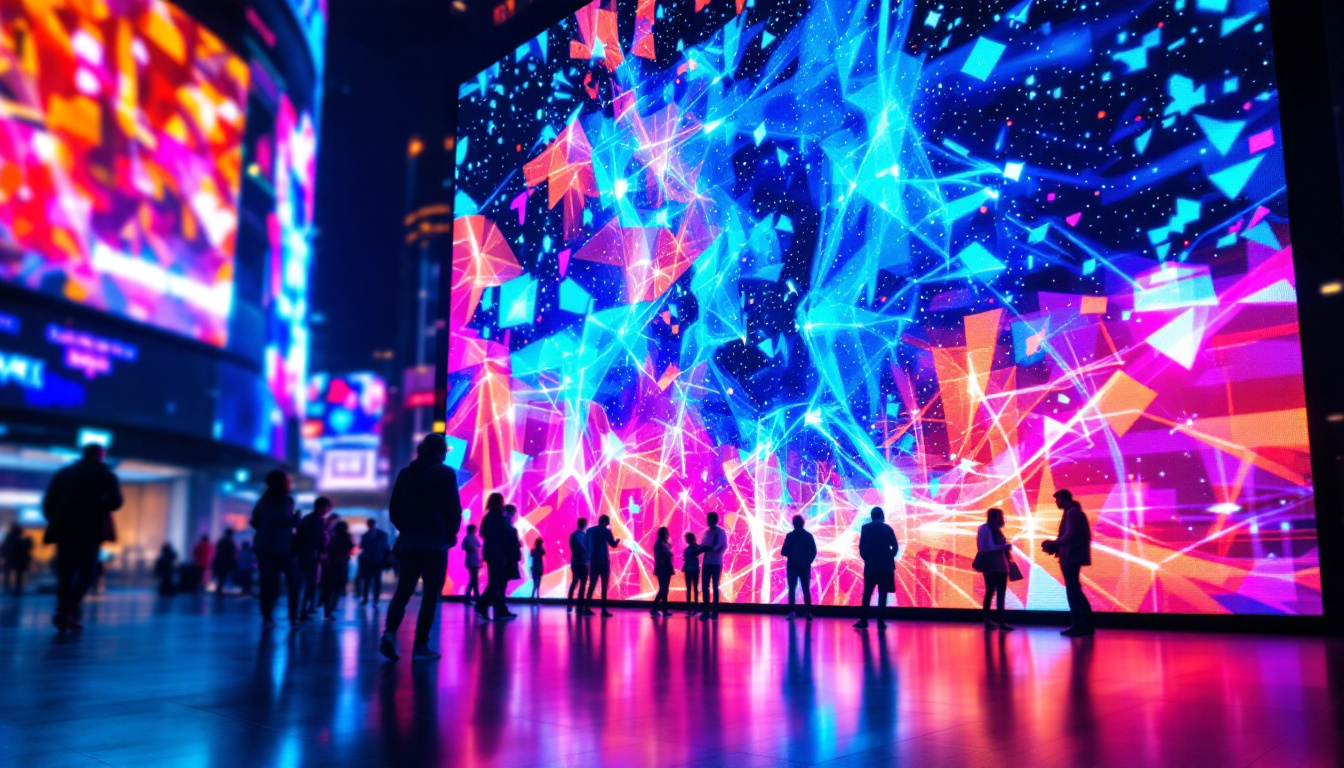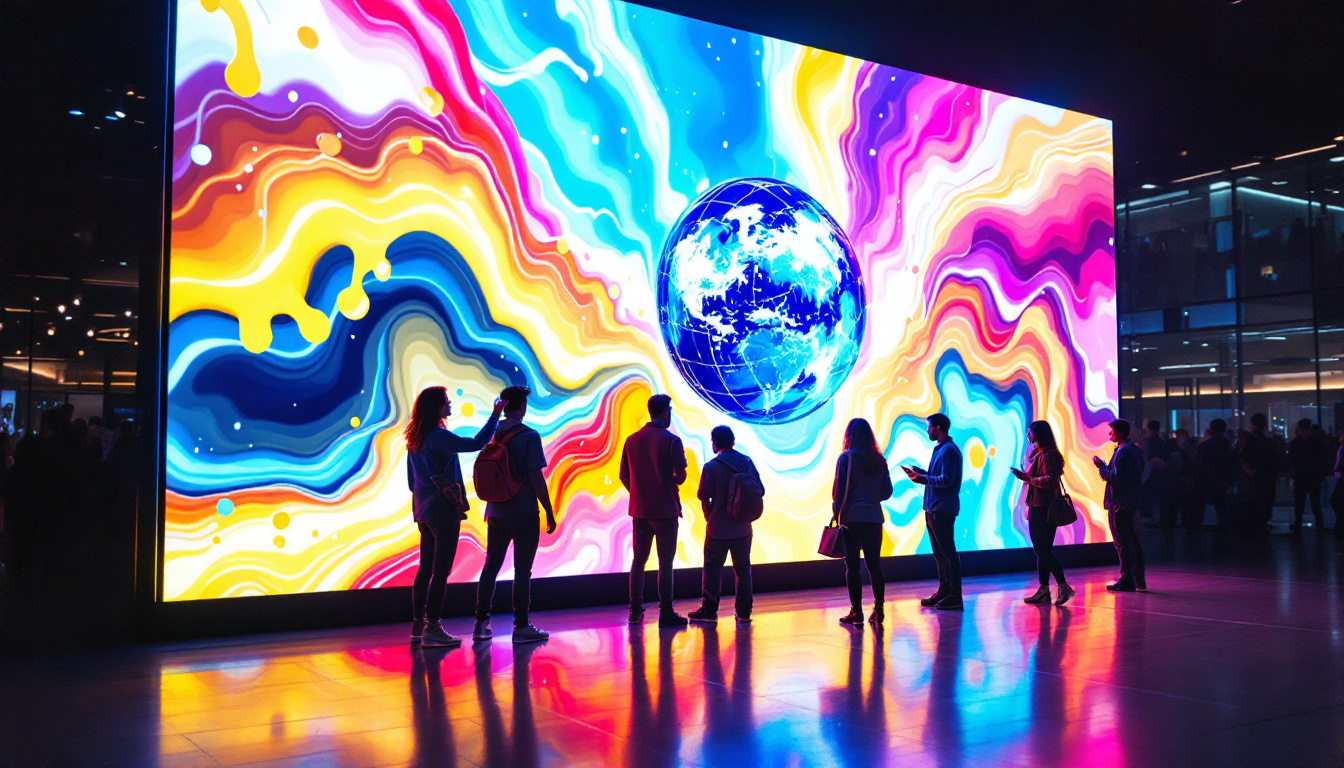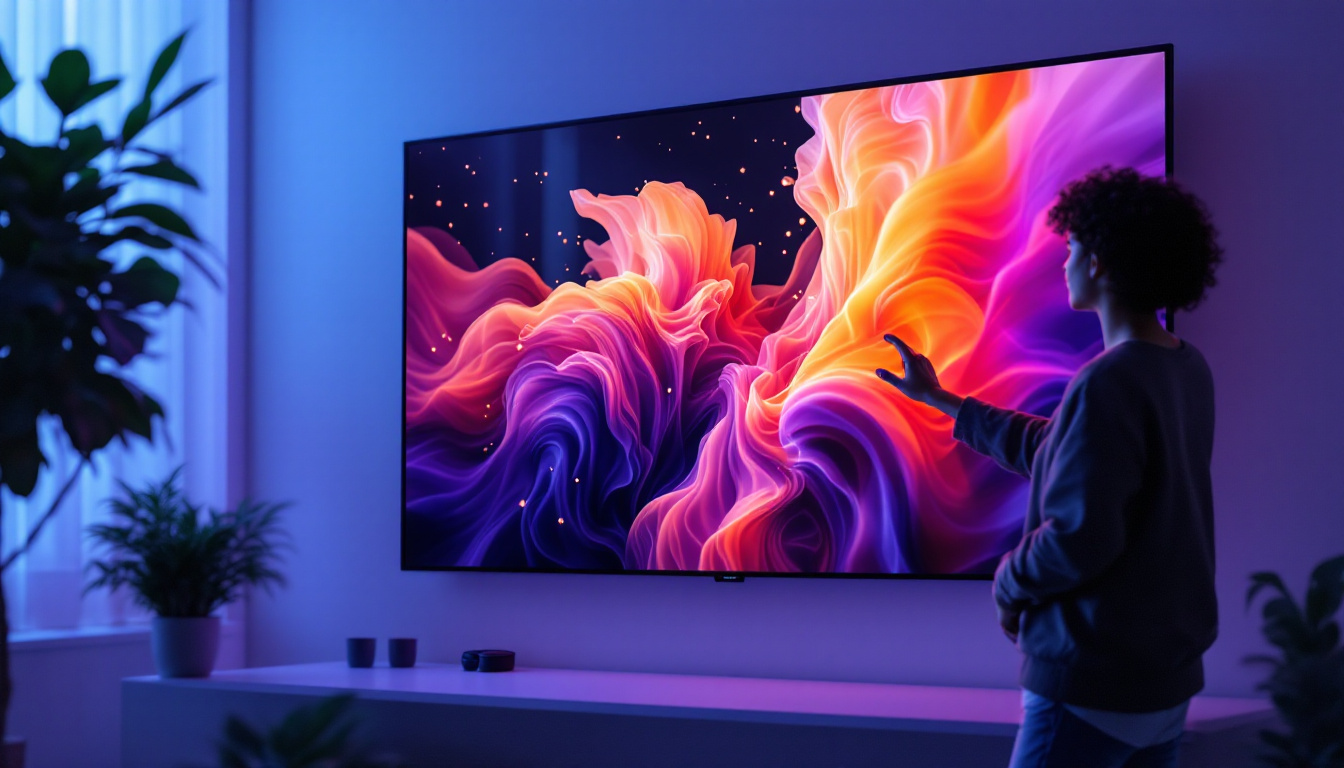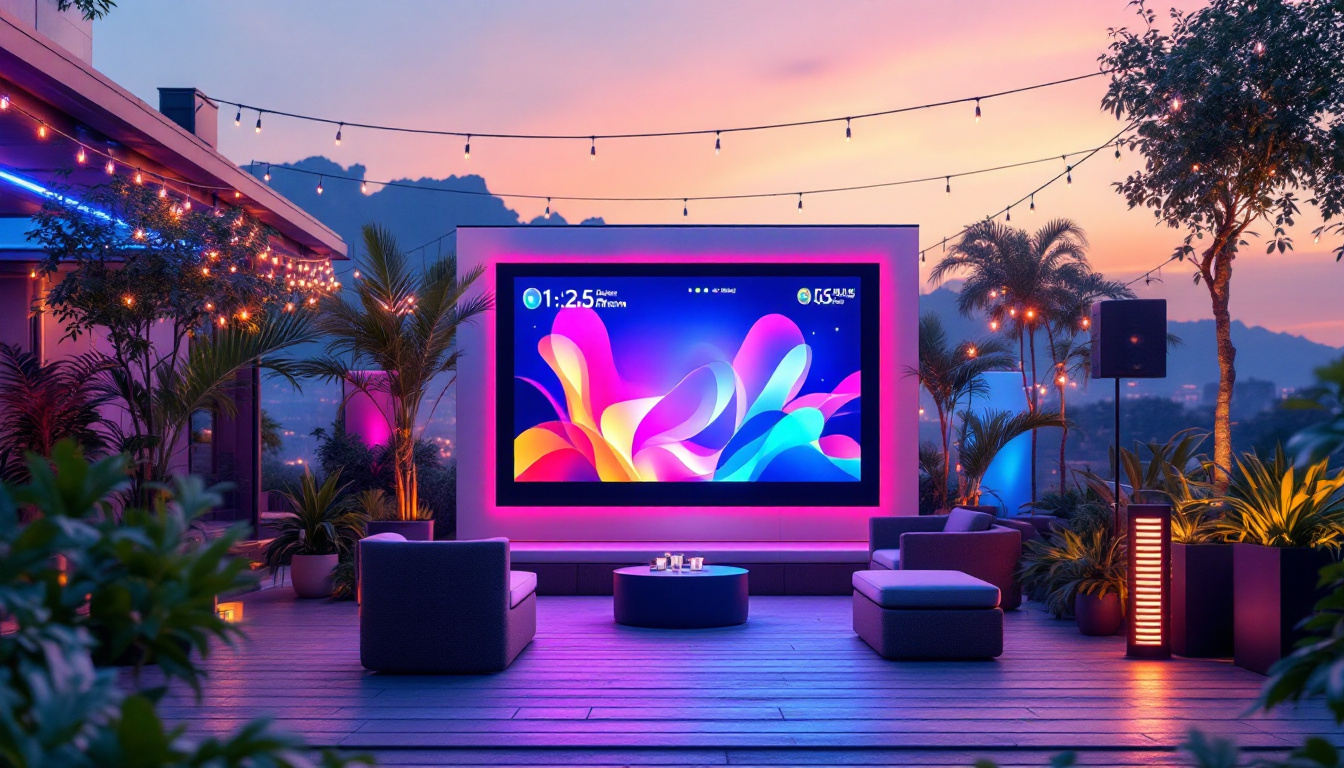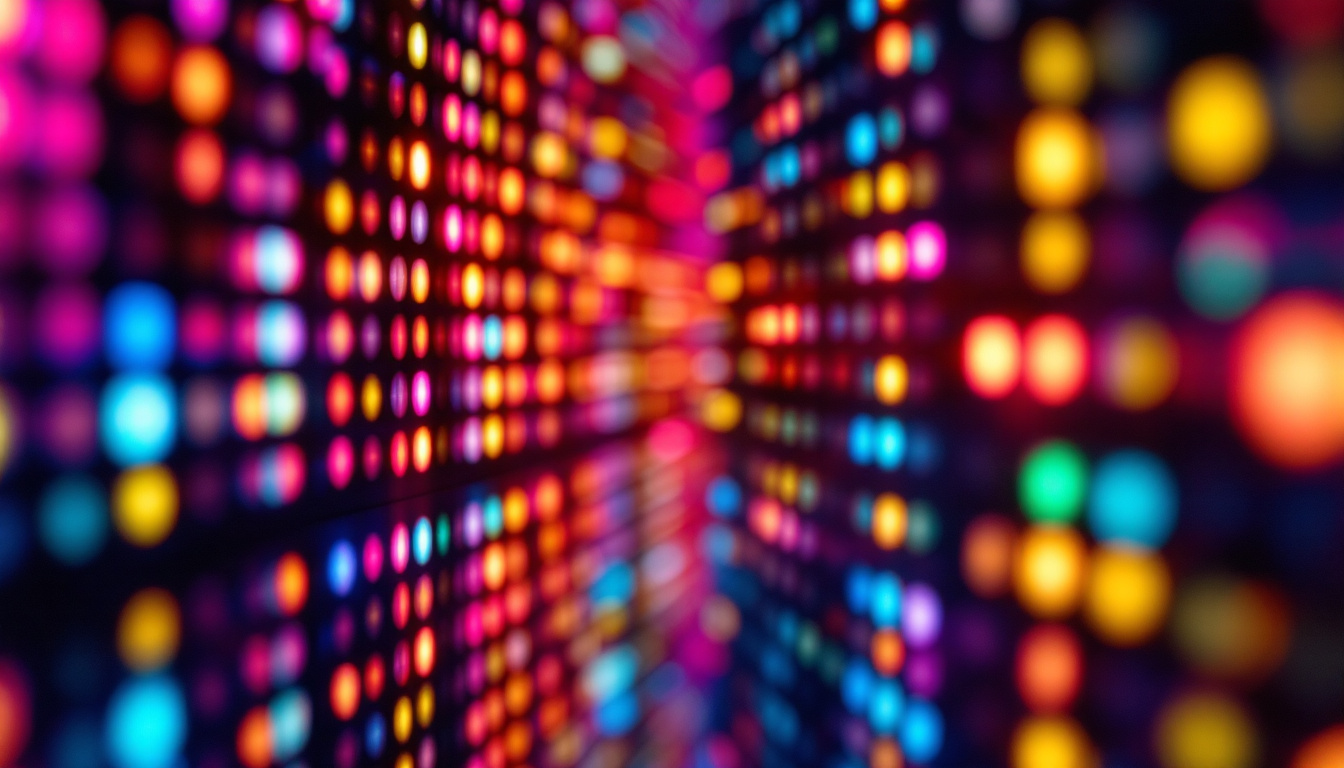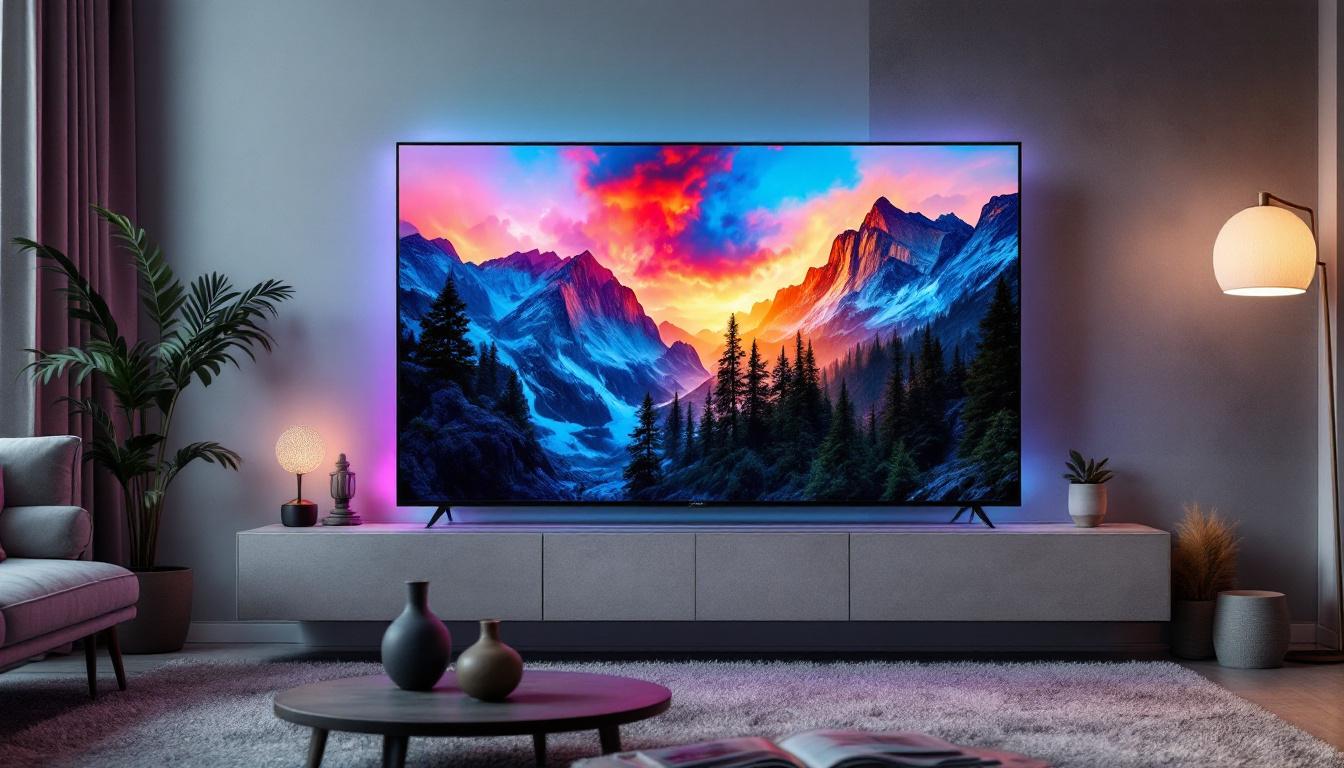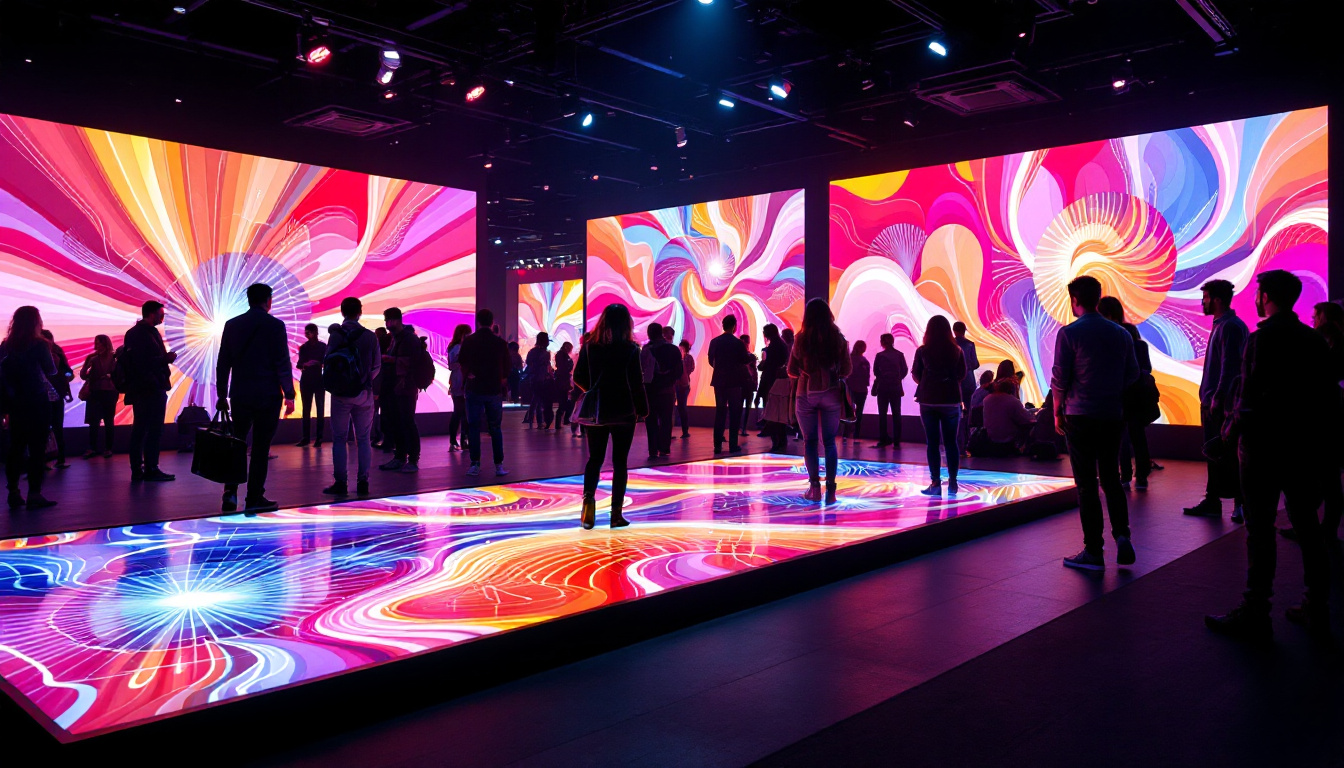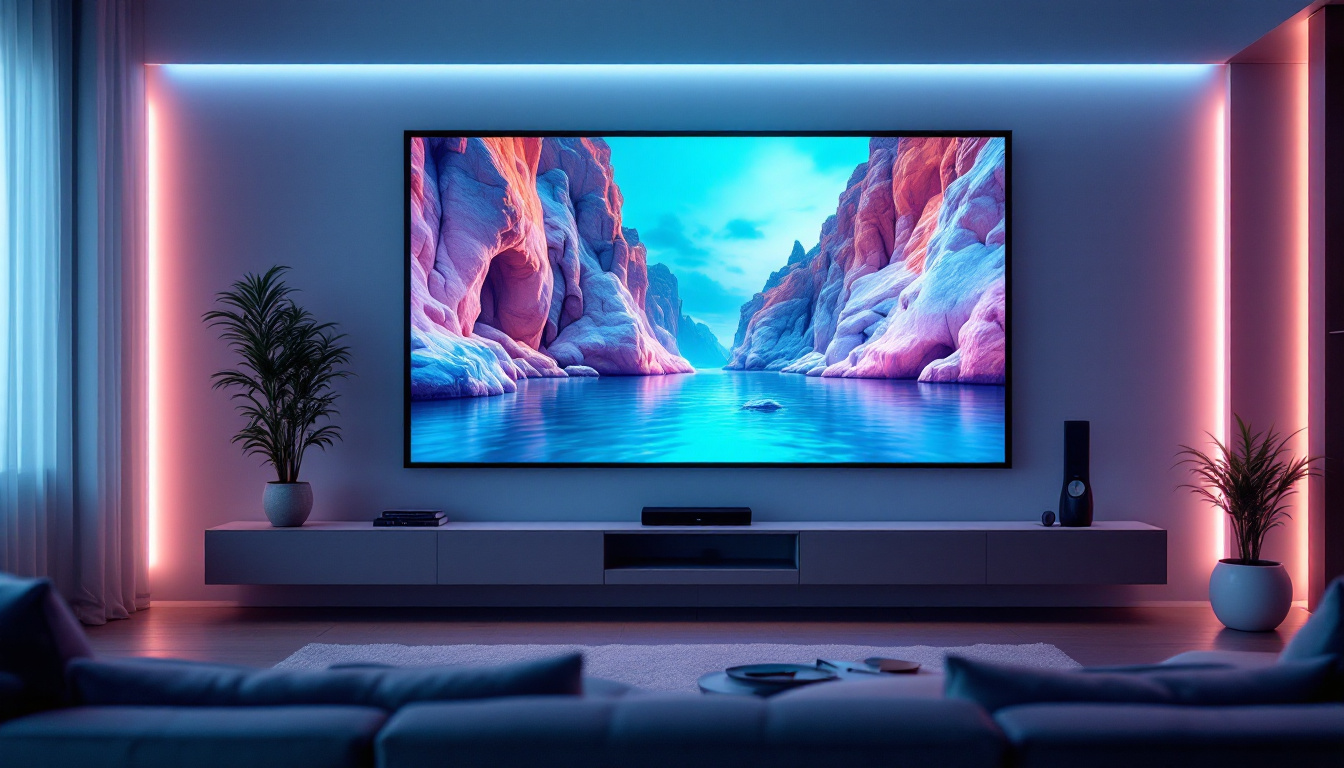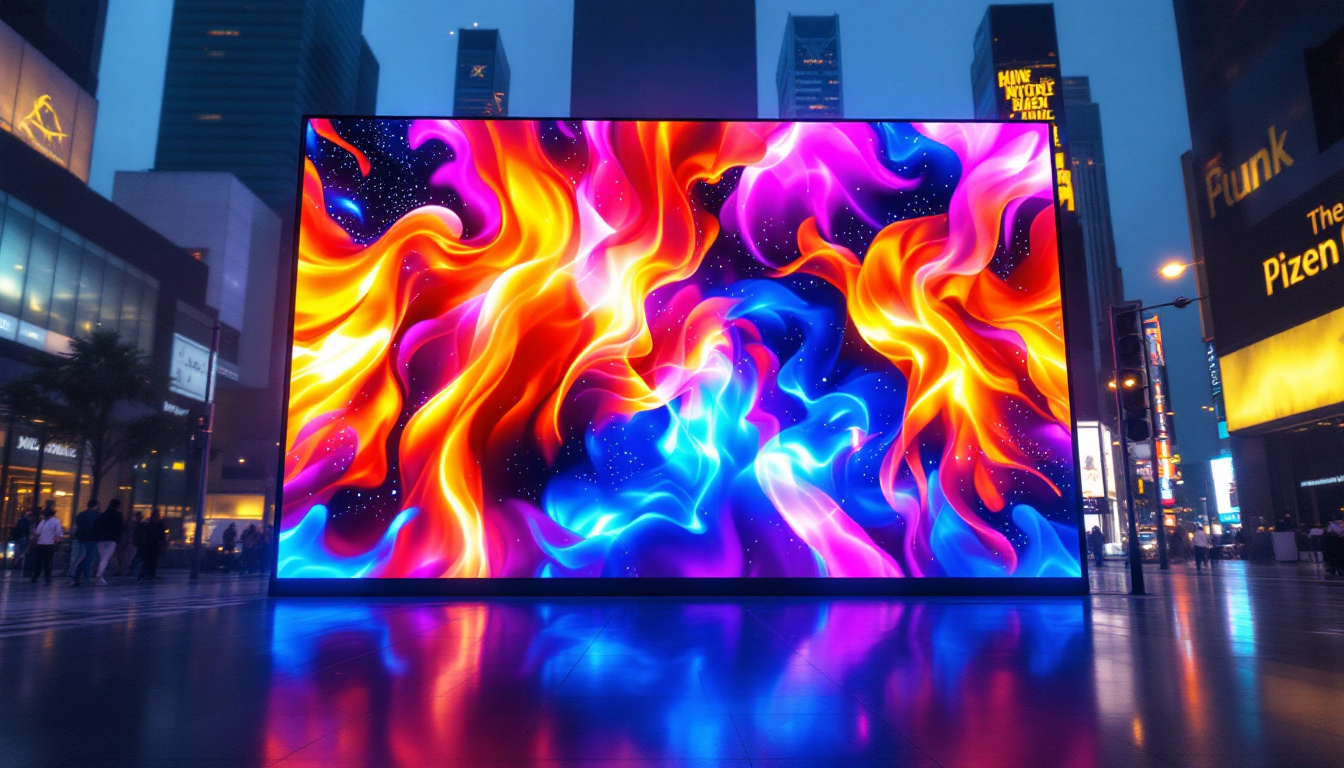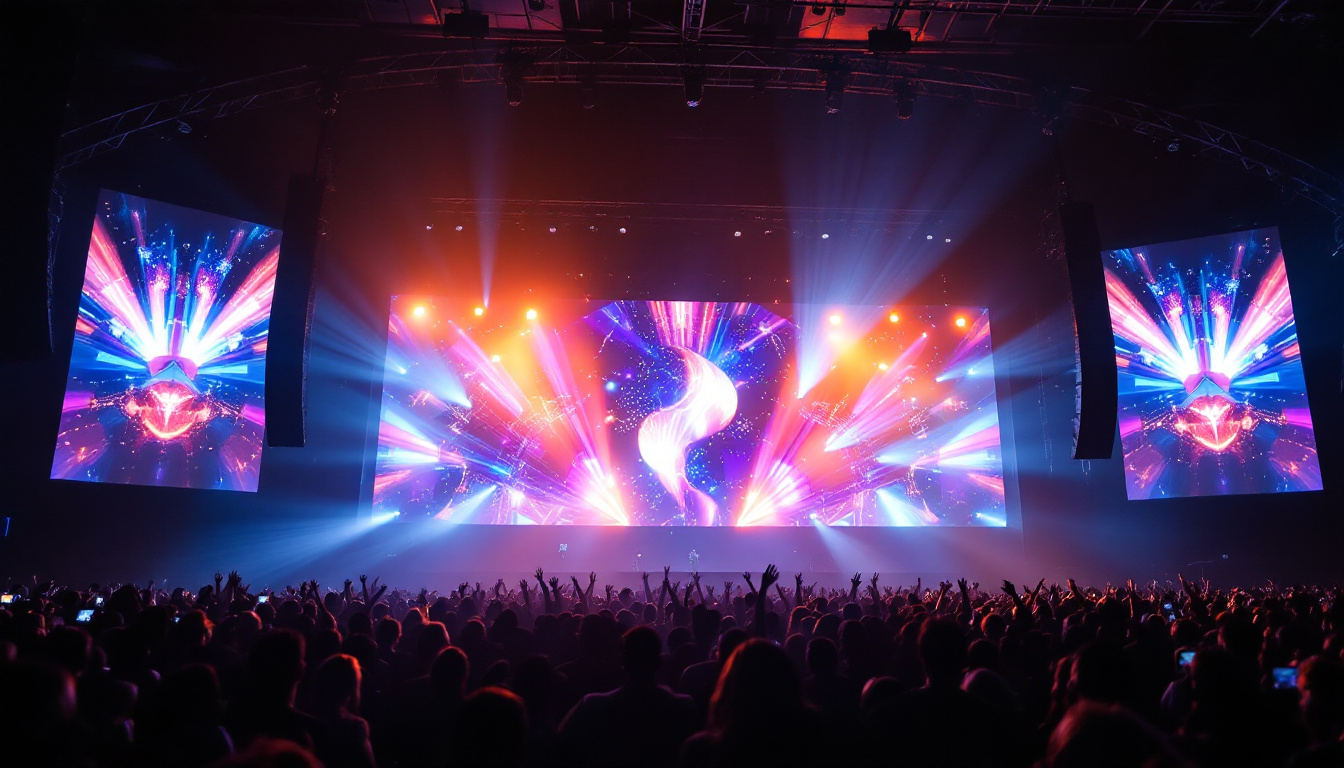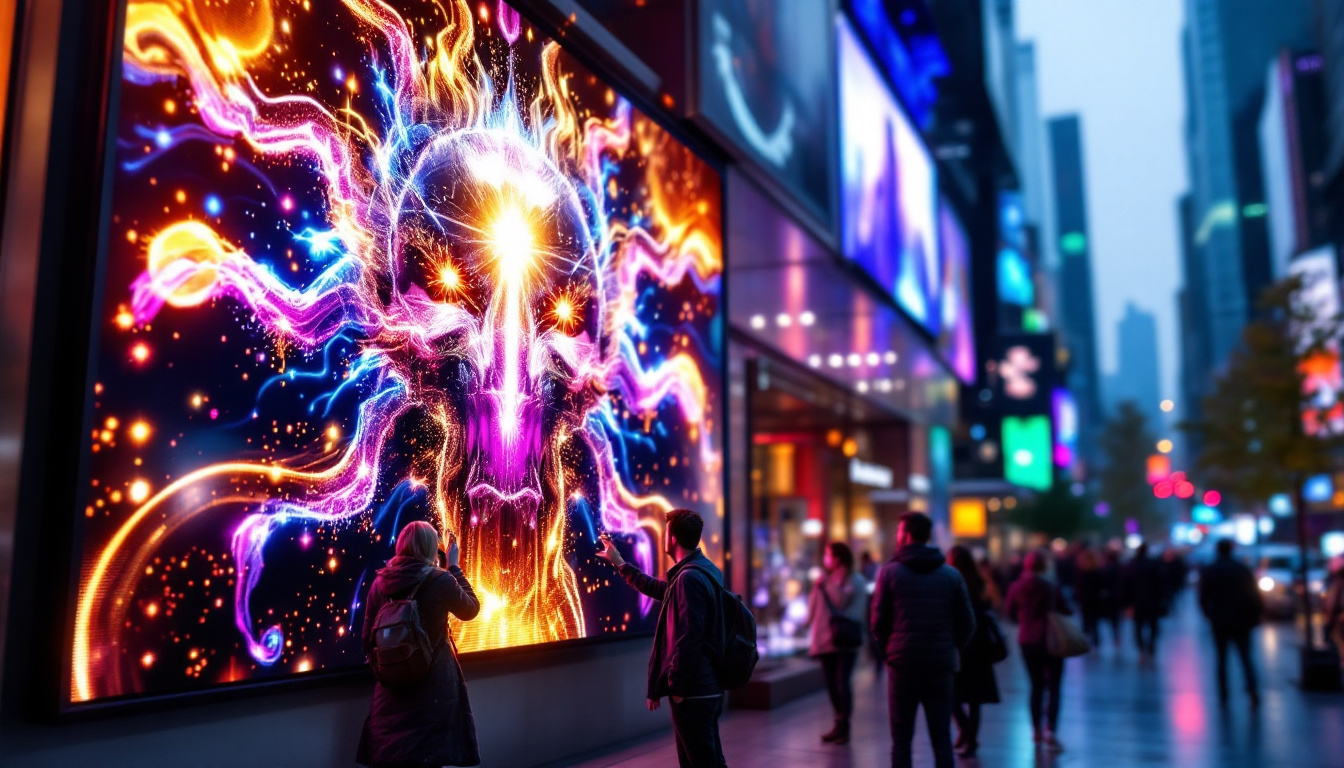In the world of modern technology, LED displays have become ubiquitous, transforming the way information is presented across various platforms. From smartphones to large-scale advertising boards, LED technology offers a vibrant and energy-efficient solution for visual communication. This article delves into the intricacies of LED displays, exploring their functionality, advantages, and applications.
Understanding LED Technology
LED, or Light Emitting Diode, is a semiconductor device that emits light when an electric current passes through it. This technology has revolutionized display systems, offering significant advantages over traditional lighting methods such as incandescent and fluorescent bulbs. The energy efficiency of LEDs is particularly noteworthy; they consume up to 80% less energy than incandescent bulbs, which not only reduces electricity bills but also lessens the environmental impact associated with energy production. Additionally, LEDs have a much longer lifespan, lasting up to 25,000 hours or more, which minimizes waste and the frequency of replacements.
How LED Displays Work
At the core of an LED display is a matrix of tiny LED lights, which can be red, green, or blue. By varying the intensity of these colors, a wide spectrum of colors can be produced, allowing for high-quality images and videos. The combination of these colors creates pixels, which are the building blocks of any LED display. This pixel-based technology allows for incredible detail and clarity, making LED displays ideal for everything from large advertising billboards to small smartphone screens.
When an image is displayed, the corresponding pixels light up in different intensities, creating the desired visual effect. This process is controlled by a driver circuit that manages the electrical signals sent to each LED, ensuring accurate color reproduction and brightness levels. The rapid response time of LEDs also contributes to their effectiveness in displaying dynamic content, such as video or animations, without motion blur, a common issue in older display technologies.
Types of LED Displays
LED displays come in various forms, each suited for different applications. The most common types include:
- Direct View LED Displays: These are made up of individual LEDs that form the display screen. They are often used in outdoor advertising due to their brightness and visibility in daylight. Their rugged construction also makes them resistant to weather conditions, further enhancing their utility in various environments.
- LED Backlit Displays: These displays utilize LEDs to backlight an LCD screen. This technology is commonly found in televisions and computer monitors, providing improved contrast and color accuracy. The ability to control the backlighting allows for deeper blacks and a more vibrant overall picture, enhancing the viewing experience.
- Organic LED (OLED) Displays: OLED displays use organic compounds that emit light when an electric current is applied. They offer superior color quality and contrast, making them popular in high-end televisions and smartphones. The flexibility of OLED technology also allows for the creation of ultra-thin displays, which can be curved or even rolled, paving the way for innovative design possibilities in consumer electronics.
In addition to these types, there are also specialized LED displays designed for specific uses, such as transparent LED displays that allow light to pass through them, making them ideal for retail environments where visibility and aesthetics are crucial. Furthermore, advancements in technology continue to push the boundaries of what LED displays can achieve, including features like higher resolutions, improved energy efficiency, and enhanced color gamuts that cater to professional applications in photography and film production.
Advantages of LED Displays
LED displays offer numerous benefits that make them a preferred choice for various applications. Their advantages extend beyond just visual appeal, encompassing energy efficiency, durability, and versatility.
Energy Efficiency
One of the most significant advantages of LED technology is its energy efficiency. LED displays consume considerably less power compared to traditional display technologies. This not only reduces electricity costs but also minimizes the environmental impact, making them a more sustainable choice for businesses and consumers alike. In fact, studies have shown that switching to LED displays can lead to energy savings of up to 80%, which can translate into substantial cost reductions over time. This efficiency is particularly beneficial for large-scale installations, such as billboards or digital signage in retail environments, where the cumulative savings can be quite significant.
Longevity and Durability
LED displays are known for their long lifespan, often lasting tens of thousands of hours. Unlike traditional bulbs that can burn out quickly, LEDs maintain their brightness and color quality over time. Additionally, they are more resistant to shock and vibration, making them suitable for both indoor and outdoor environments. This durability means that maintenance costs are also lower, as businesses do not need to frequently replace bulbs or perform repairs. Moreover, many LED displays are designed to withstand extreme weather conditions, including rain, snow, and intense heat, further enhancing their appeal for outdoor applications.
High Brightness and Contrast
LED displays are capable of producing high brightness levels, ensuring visibility even in bright sunlight. This characteristic makes them ideal for outdoor advertising and public displays. Furthermore, the contrast ratio of LED displays is superior to that of traditional displays, allowing for deeper blacks and more vibrant colors, enhancing the overall viewing experience. The ability to adjust brightness levels dynamically also allows for optimal performance in varying lighting conditions, ensuring that content is always clear and engaging. This adaptability is particularly advantageous in environments such as sports arenas or concert venues, where lighting can change rapidly and the audience’s attention needs to be captured effectively.
Versatility in Applications
Another compelling advantage of LED displays is their versatility in applications. They can be utilized in a wide range of settings, from retail stores and corporate offices to stadiums and public transportation systems. Their modular design allows for creative configurations, enabling businesses to create unique visual experiences tailored to their specific needs. For instance, LED screens can be seamlessly integrated into architectural designs, transforming buildings into dynamic canvases that can display art, advertisements, or information. Additionally, advancements in technology have led to the development of flexible LED displays, which can be bent or shaped to fit unconventional spaces, further expanding their potential uses.
Applications of LED Displays
The versatility of LED displays allows them to be used in a wide range of applications across various industries. From entertainment to transportation, their impact is significant and far-reaching.
Advertising and Marketing
In the advertising sector, LED displays have transformed the way brands communicate with consumers. Digital billboards and signage can display dynamic content, allowing for real-time updates and interactive advertising. This capability not only captures attention but also increases engagement, making it a powerful tool for marketers.
Entertainment and Events
LED displays are a staple in the entertainment industry, used in concerts, festivals, and sporting events. Large LED screens provide audiences with a clear view of performances and broadcasts, enhancing the overall experience. Additionally, their ability to display high-definition video content makes them ideal for live events.
Transportation and Public Information
In transportation hubs such as airports and train stations, LED displays provide crucial information to travelers. Flight schedules, arrival and departure times, and real-time updates are often displayed on LED screens, ensuring that passengers are well-informed. Furthermore, LED displays are increasingly used in public spaces for informational signage and wayfinding, improving accessibility and navigation.
Challenges and Considerations
Despite their numerous advantages, LED displays are not without challenges. Understanding these challenges is essential for making informed decisions regarding their implementation.
Initial Costs
While LED displays offer long-term savings through energy efficiency and durability, the initial investment can be significant. Businesses must weigh the upfront costs against the potential savings and benefits over time. It is essential to conduct a thorough cost-benefit analysis before making a purchase.
Maintenance and Upkeep
Although LED displays are generally low-maintenance, they do require periodic checks and maintenance to ensure optimal performance. Dust and debris can accumulate on the surface, affecting brightness and clarity. Regular cleaning and inspections are necessary to maintain the display’s quality and longevity.
Environmental Impact
While LED technology is more energy-efficient than traditional lighting, the production and disposal of LED displays can have environmental consequences. The materials used in LED manufacturing, such as rare earth metals, raise concerns regarding sustainability. It is crucial to consider the entire lifecycle of the product, from production to disposal, when evaluating its environmental impact.
The Future of LED Displays
The future of LED displays is bright, with continuous advancements in technology paving the way for innovative applications. As the demand for high-quality visual content grows, so too does the potential for LED technology to evolve.
Integration with Smart Technology
As smart technology becomes increasingly prevalent, LED displays are expected to integrate seamlessly with digital ecosystems. This integration will allow for enhanced interactivity, enabling users to control displays through smartphones and other devices. Furthermore, the incorporation of artificial intelligence could lead to personalized content delivery, further enhancing user engagement.
Improved Color Accuracy and Resolution
Future developments in LED technology will likely focus on improving color accuracy and resolution. As consumer expectations rise, manufacturers are investing in research to create displays that offer even more vibrant colors and sharper images. This will be particularly important for applications in entertainment, where visual quality is paramount.
Sustainability Initiatives
With growing awareness of environmental issues, the LED industry is likely to prioritize sustainability in production and disposal practices. Innovations in recycling methods and the use of eco-friendly materials will become increasingly important as consumers demand more responsible products. Companies that adopt sustainable practices will not only contribute to environmental conservation but also appeal to a conscientious consumer base.
Conclusion
LED displays have revolutionized the way information is conveyed across various platforms, offering a blend of efficiency, durability, and visual appeal. As technology continues to advance, the potential for LED displays to enhance communication and engagement will only grow. Understanding the intricacies of LED technology, its advantages, and its applications is essential for businesses and consumers alike, paving the way for informed decisions in an ever-evolving digital landscape.
The future of LED displays is not just about brighter screens; it’s about creating a more connected and interactive world. As innovations continue to emerge, the possibilities are limitless, making LED technology an integral part of modern communication.
Discover LumenMatrix’s Innovative LED Solutions
Ready to experience the future of visual communication with LED displays that offer unmatched efficiency, durability, and visual impact? LumenMatrix is at the forefront of LED display technology, providing a wide array of solutions tailored to meet your needs. Whether you’re looking for Indoor LED Walls, Outdoor Displays, or specialized options like Vehicle and Sports LED Displays, LumenMatrix has the cutting-edge technology to bring your vision to life. Elevate your brand’s presence and captivate your audience with our state-of-the-art LED solutions. Check out LumenMatrix LED Display Solutions today and see how we can transform your visual communication strategy.

